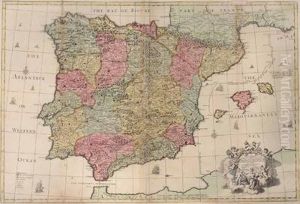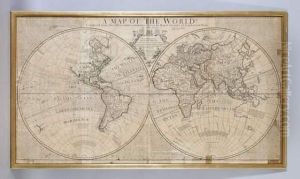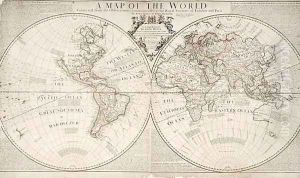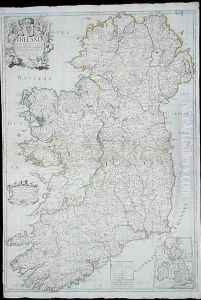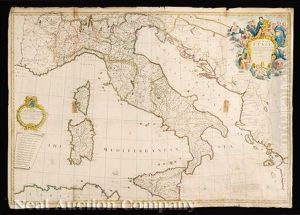John Senex Paintings
John Senex was a renowned English cartographer, engraver, and publisher of the late 17th and early 18th centuries. Born in 1678, Senex began his career as an apprentice to Robert Clavell, a bookseller and member of the Stationers' Company. He quickly established himself in the world of mapmaking and publishing, which was flourishing in London during this period.
Senex collaborated with other prominent figures of his time, including Charles Price and James Maxwell, with whom he published a series of maps in 1711. However, he is perhaps most famous for his later work, which he published independently. In 1719, Senex was appointed Geographer to Queen Anne, reflecting the recognition of his expertise and the quality of his work.
His contributions to cartography include a wide array of maps and atlases, such as 'A New General Atlas', which was highly regarded for its accuracy and detail. Senex was also known for producing globes, which were sought after by the academic institutions and the elite of the time. His work often involved updating and correcting the work of previous cartographers, and he was known for his dedication to improving the quality and precision of geographical representation.
Senex's maps were not only practical but also objects of art, featuring elaborate decorative elements that were typical of the period. His engravings and detailed attention to aesthetics made his maps coveted items for both their utility and their visual appeal.
John Senex passed away in 1740, leaving behind a legacy of significant contributions to the development of cartography in the early modern period. His work continued to influence the field and remained in use long after his death, testifying to the lasting importance of his contributions to the art and science of mapmaking.
